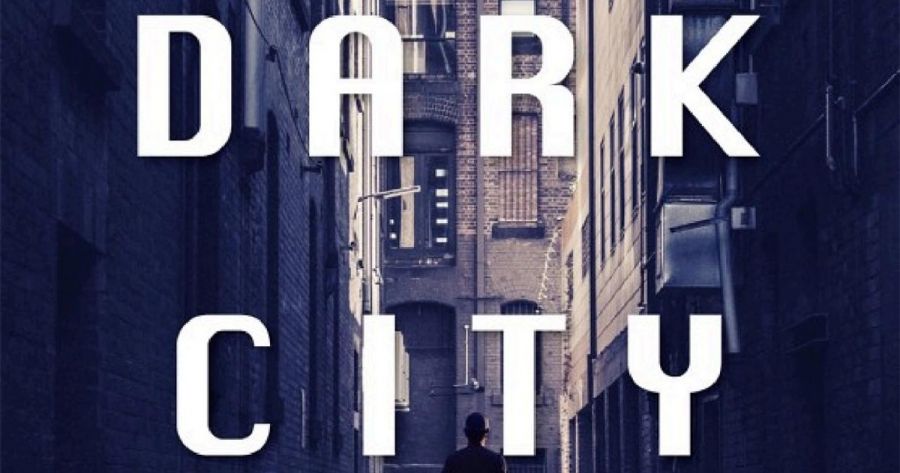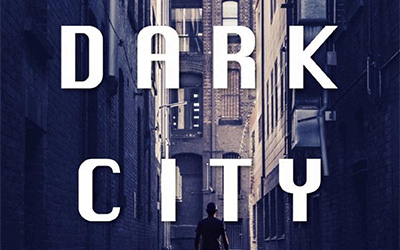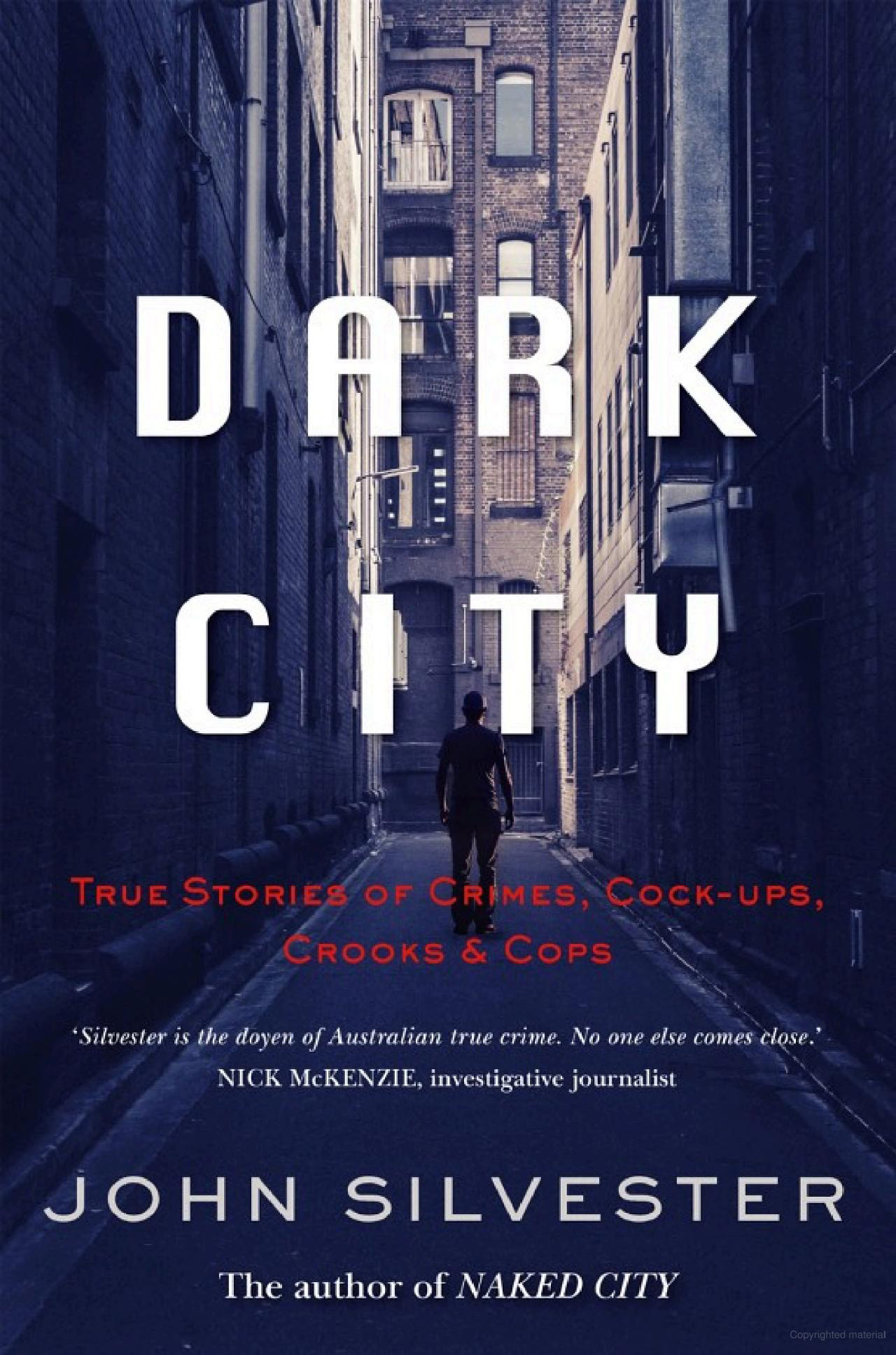
- Free Article: No
- Review Article: Yes
- Article Title: Sly of the Underworld
- Article Subtitle: Tales of crooks, coppers, and corruption
- Online Only: No
- Custom Highlight Text:
In 2020, John Silvester posed for a portrait by the artist Mica Pillemer. The picture is an arresting one: Silvester, in business attire, posing as a boxer. Behind him, the walls are plastered with newspapers and posters, a testament to his more than four decades of experience as a Melbourne crime reporter. His fists are raised, his dark eyes hold the viewer’s, his mouth is upturned with the faintest crook of a smile.
- Featured Image (400px * 250px):

- Alt Tag (Featured Image): Jonathan Ricketson reviews ‘Dark City: True stories of crimes, cock-ups, crooks and cops’ by John Silvester
- Book 1 Title: Dark City
- Book 1 Subtitle: True stories of crimes, cock-ups, crooks and cops
- Book 1 Biblio: Pan Macmillan, $36.99 pb, 352 pp
- Book 1 Cover Small (400 x 600):

- Book 1 Cover (800 x 1200):

- Book 1 Readings Link: https://www.readings.com.au/product/9781761561535/dark-city--john-silvester--2024--9781761561535#rac:jokjjzr6ly9m
Dark City is not so much a collection as a true crime kebab, skewered with as many crime yarns as possible, some morsels tastier than others. Naturally, the underworld columns will draw the most attention. The colourful crooks leap off the page: one image that lingers is the self-styled ‘Queen of the Underworld’, Judy Moran, sitting slumped on a park bench, her face ‘etched with grief’ after the murder of her son Jason in an Essendon car park. On the publicity tour for her book My Story (2005), Moran was a ‘nightmare’, making ‘more demands than Cleopatra’. Later, she arranged for a hit to be taken out on her brother-in-law, Des ‘Tuppence’ Moran, over a financial dispute. When the news of his death broke, Moran dissolved into theatrical hysterics in front of witnesses; Silvester notes wryly that, ‘while she was sobbing, there were no tears’.
In another astonishing column, ‘Who’s in the Criminal Zoo?’, Silvester writes with black humour about the relationship between the criminal underworld and their pets. A prolific hitman trains his parrot to say, ‘I hate coppers!’; a drug dealer laces the water bowl of his Alsatians with amphetamines, leaving them with the ‘personalities of white-pointer sharks’. A moronic private-school student, looking for a documentary subject for his senior-year assessment, arranges an interview with Mark ‘Chopper’ Read. When Read’s dog, a hellhound called Kayser, gets uncomfortably close to the young man, Chopper remarks: ‘What’s the matter? Haven’t you ever sat with someone with no ears with a dog about two inches from your knackers?’
Nick McKenzie likens Silvester’s writing to that of David Simon, of The Wire fame; the two journalists share an outrage at the rot of institutional corruption. There are also echoes of the gritty-glamorous crime novels of James Ellroy, who, in the L.A. Quartet, depicted the City of Angels in the 1950s as a place of irredeemable violence and sleaze. The Paris Review called the Ellroy sentence ‘jumpy’ and ‘overcaffeinated’; Silvester’s prose is similarly ‘ready to pounce’, like a coiled spring.
Reading the columns in chronological order, one is struck by the blunt, pugilistic tone, the staccato rhythms, the liberal use of slang. There is a long list of sobriquets for the crooks: ‘Badness’, ‘Muscles’, ‘Rent-a-kill’, ‘Mr. Cruel’, ‘Mr. Clean’, ‘Mr. Sin’ – the latter introduced with a CV helpfully attached, listing his previous work experience as ‘killer, blackmailer, arsonist, hoon, pimp, and a dirty rat’. This is a world of ‘crook catchers’, ‘rats in the rank’, and (this one chills the blood) ‘bash artists’.
The legacy of the underworld columns is a mixed one. Silvester’s journalism is fearless and uncompromising; however, it has also contributed to the mythologising and glamourising of the Melbourne crime world. Silvester notes that some of the criminals he writes about have become famous, stopped on the street for autographs and selfies. Moreover, his writing inflicted the Underbelly franchise on us all, which rocketed into life on television in 2008 as a red-hot sensation and ended as an embarrassment. It indulged in some of true crime’s worst excesses, transforming a litany of tragedies into a whirligig of bullets, breasts, and baddies. Silvester casts implicit responsibility for this on us, the peanut-crunching crowd, fascinated as we are with tales of violence. He quotes Chopper: ‘Posh people love gangsters.’
True crime is a fraught and disreputable genre. It is caught between the bloody-minded desire to entertain and the nobler purpose of illuminating the causes and consequences of crime. Some of the best columns in Dark City are thus the non-underworld ones: those dedicated to shedding light on decades-long cold cases, to effecting change in government policy, to giving voice to those who toil in emergency services and the justice system. There is Dr Andrew Taylor, the survivor of an attempted murder, struggling to keep his practice afloat under the burden of excessive bureaucratic red tape; or Peter Bellion, battling chronic PSTD due to his work with the Major Collision Investigation Group, where he has been exposed to ‘more violent death than anyone in Australia’.
Here are stories of compassion and courage that represent some of the best that crime journalism has to offer; stories of corruption and malfeasance that will boil the blood. Just this past week, Silvester broke the story of the prime suspect in the 1977 Easey Street murders.
‘Sly of the Underworld’ continues to write his column in The Age, fists upturned and smile crooked, awaiting his next fight.


Comments powered by CComment